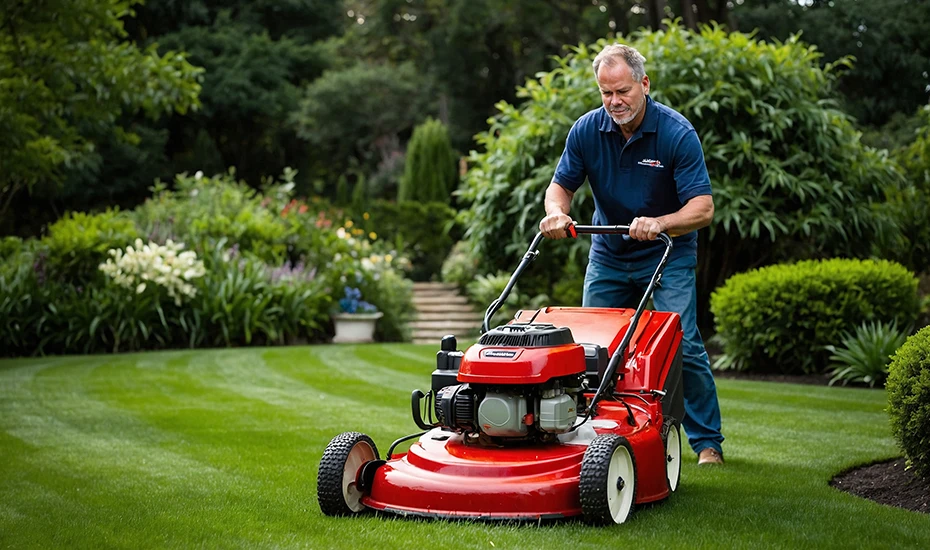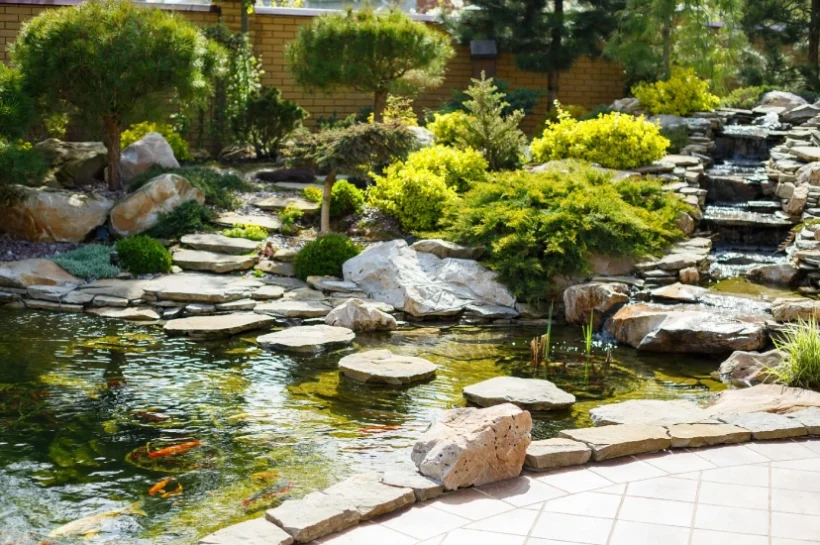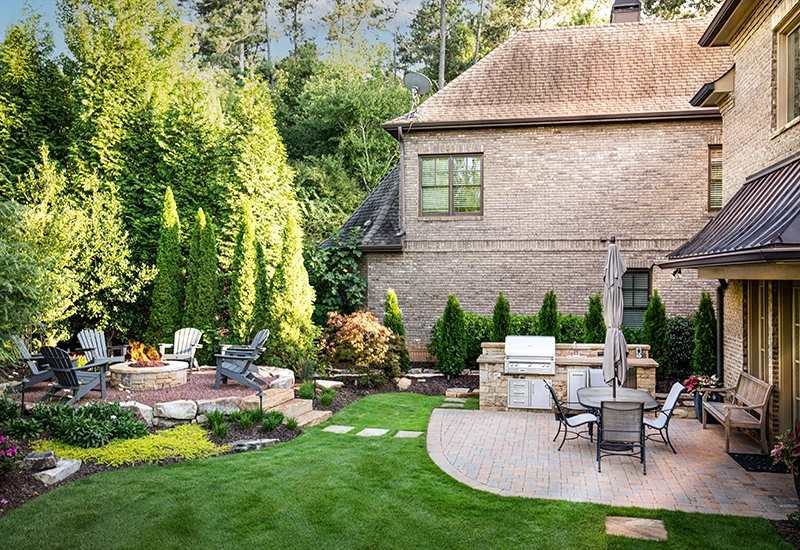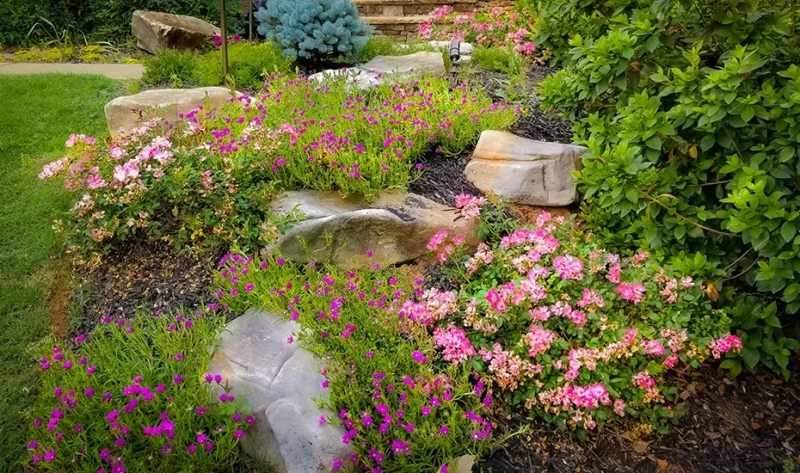With fall on its way in Atlanta, start thinking about how you will adapt your lawn care routine to the change of seasons. While the cooler temps are a welcome reprieve from summer, they come with their own set of things you should do for lawn care. Knowing how to adjust for the fall season is key in supporting the adequate life of your turf yearly.
Here, we will provide you with the complete lawn care guide for each season, detailing what needs to be done through fall into winter and beyond.

The Importance of Seasonal Lawn Care
Each season has different effects on your lawn, hence seasonal Lawn care is very important. However, just as the air starts to chill and the thermostat shifts into fall mode in Atlanta, so too does your lawn care routine. This is going to keep your grass looking good and strong all year. It adapts the kinds of care that you need to give it each season.
Benefits of Seasonal Lawn Care:
1. Improves Lawn Health: As different seasons mean the needs and challenges of lawns will differ, care practices should also change accordingly to improve health
2. Increases Turf Resilience: Fall lawn preparation readies your turf for winter stress, allowing it to recover and regenerate come spring.
3. Encourages Thick, Healthy Growth: The right seasonal care steps promote green grass that remains thick and full all year long.
Fall Lawn Care Essentials
1. Aeration: Breathing New Life into Your Lawn
Aeration is a critical fall task that helps improve soil health and lawn vitality. By creating small holes in the soil, aeration allows air, water, and nutrients to reach the grass roots more effectively.
Why Aeration is Important:
Decreases Soil Compaction: Pressed-down soil prevents roots from growing well and reduces the amount of water or nutrients absorbed.
Promotes Root Growth: Better soil results in larger, healthier roots.
Enhances Nutrient Uptake: Aeration can make it easier for your grass to take in nutrients, which is crucial if you want a full and healthy lawn.
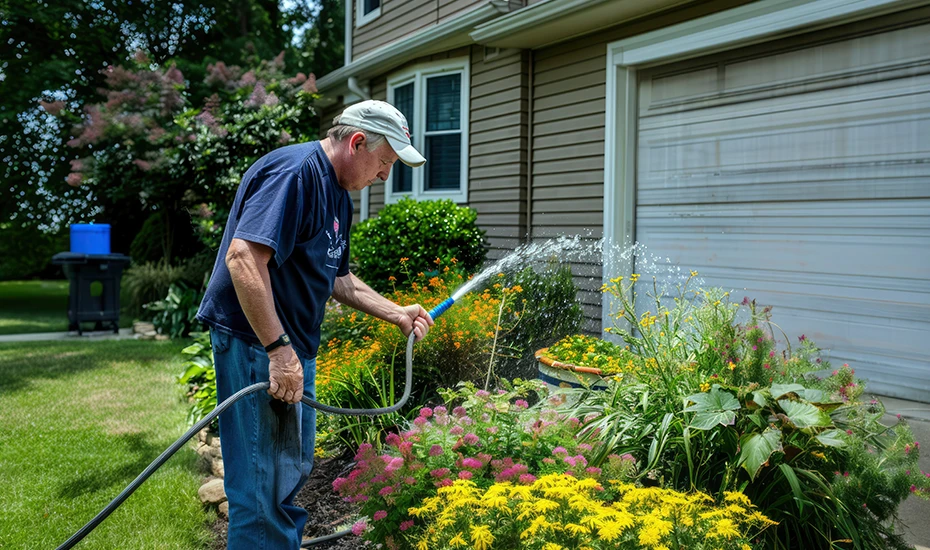
When to Aerate?
Aerating is best done in early to mid-fall here north of Atlanta. The grass is continuously growing, grass will get enough time to recover from the aeration process and hopefully benefit more from improved soil conditions before winter.
How to Aerate:
Choose the Right Equipment: Rent or purchase an aerator, preferably a plug aerator that removes small soil plugs rather than just poking holes.
Prepare the Lawn: Mow your lawn before aerating and ensure the soil is moist but not overly wet.
Perform Aeration: Use the aerator to cover the entire lawn, making multiple passes if necessary.
2. Fertilization: Nourishing Your Lawn for Winter
Fall fertilization is essential for preparing your lawn for the colder months. It provides the nutrients necessary for root development and overall lawn health.
Fall Fertilization: How It Benefits Your Lawn:
- Strengthens Roots: Grassroots obtain more nutrients, creating a deeper and energy-rich system for winter.
- Boosts Winter Resilience: A healthy, well-fed lawn is better positioned to resist cold temperatures and recover from winter stresses.
- Fall fertilization establishes the foundation for spring growth.
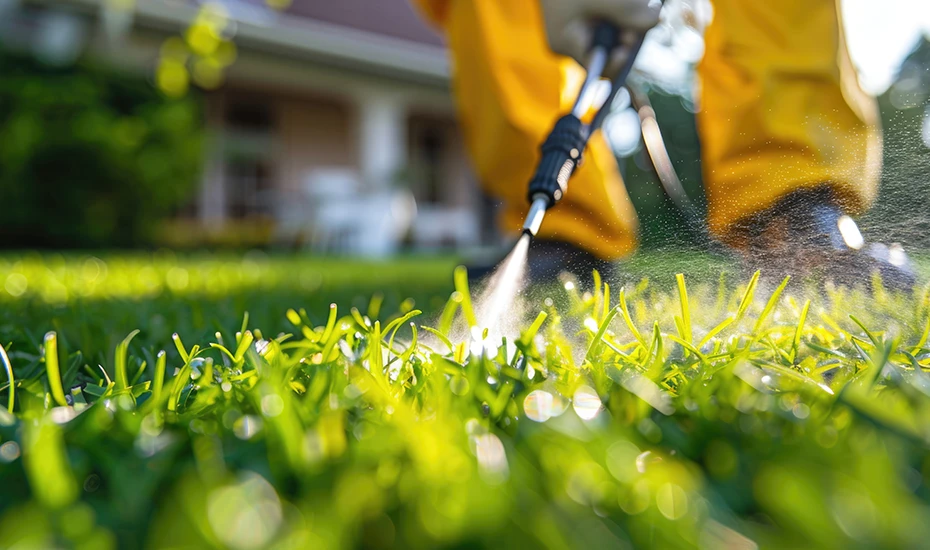
Choosing the Right Fertilizer:
- Opt for a Balanced Formula: Look for fertilizers with a balanced ratio of nitrogen, phosphorus, and potassium. For fall, a higher potassium content is beneficial.
- Follow the Manufacturer’s Instructions: Apply the fertilizer according to the recommended rate to avoid over-fertilization.
Application Tips:
- Timing: Apply fertilizer when the grass is dry to prevent clumping and ensure even distribution.
- Spreader Use: Utilize a broadcast spreader for uniform application.
- Avoid Runoff: Apply fertilizer before a light rain if possible, to help it soak into the soil.
3. Mowing: Adjusting for the Season
Mowing in the fall requires adjustments to accommodate the slower growth rate of grass as temperatures cool.
Optimal Mowing Height:
- Ensure Proper Height: Adjust your mower to a lower setting so that the grass is higher 2.5-3 inches This height helps the grass to keep moisture and decrease disease susceptibility.
- Do not cut the grass: Too Short Cutting can further stress and make it winter-prone.
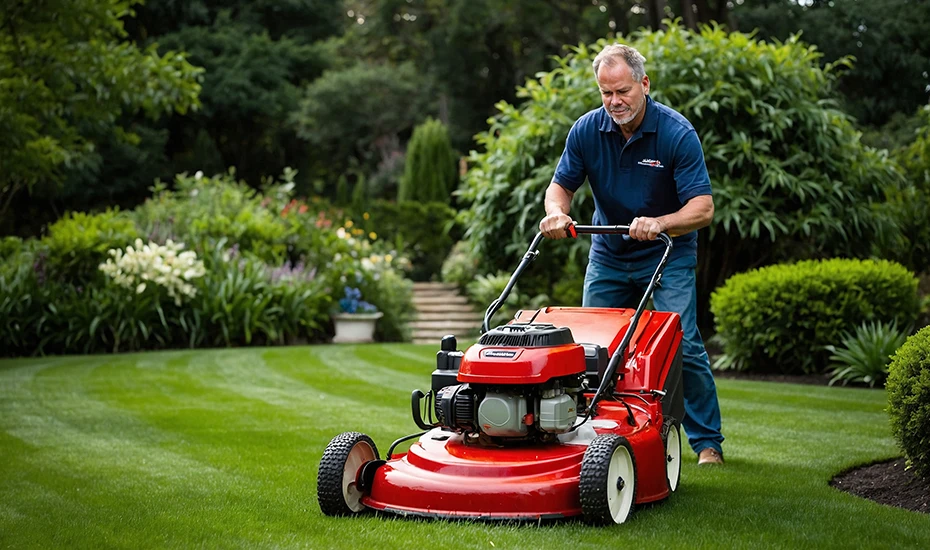
Final Mow of the Season:
- Timing: Perform your final mow before the first frost. This helps prepare the lawn for winter and prevents the buildup of debris.
- Clean Equipment: Clean your mower thoroughly after the last mow to remove grass clippings and prevent rust.
4. Leaf Management: Keeping Your Lawn Clean
Fallen leaves can smother your grass and create conditions conducive to mould and mildew growth if not managed properly.
Managing Fallen Leaves:
- Regular Raking: Rake fallen leaves regularly to prevent them from covering the lawn. This practice helps maintain healthy grass and prevents potential issues.
- Leaf Mulching: Use a mower to mulch leaves into the lawn, which can provide additional nutrients as they decompose. This method reduces the need for additional fertilizers.
Benefits of Leaf Management:
- Prevents Smothering: Regular removal of leaves ensures that the grass receives adequate sunlight and air circulation.
- Enhances Soil Health: Mulched leaves contribute organic matter to the soil, improving its fertility and structure.
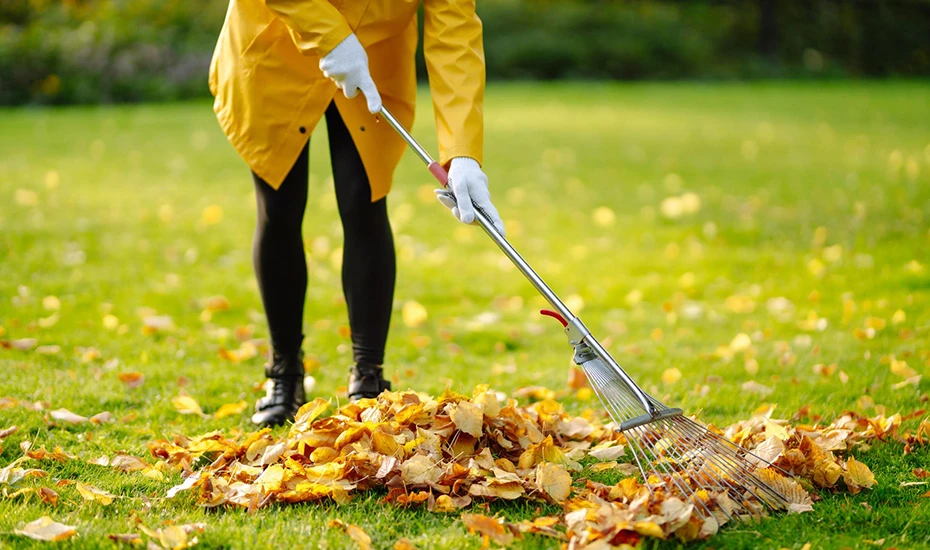
Preparing for Winter
5. Overseeding: Preparing for Spring
Overseeding in the fall helps improve the density of your lawn and fills in any bare spots, promoting a lush and healthy lawn in the spring.
Why Overseeding is Beneficial:
-
- Lawn Filler: Overseeding helps to fill gaps and improves the density of turfgrass.
- It Introduces New Grass Varieties: This can bring grass kinds that have a local preference in place of the highest freshwater demand.
Helps The Lawn To Be Resilient: Thicker lawns are better at fending off pests, diseases and environmental stresses.
Selecting the Right Seed:
These acts should prevent you from seeing too lone of a lawn the next time spring hits with these two:
Choose Cool-Season Grasses – Select grass seed mixes that can grow well when temperatures are cooler which also adds up to make it suitable for planting in Atlanta.
Match Your Grass Type: You want to match the seed that you plant with what kind of grass it is replacing so that it matches up perfectly.
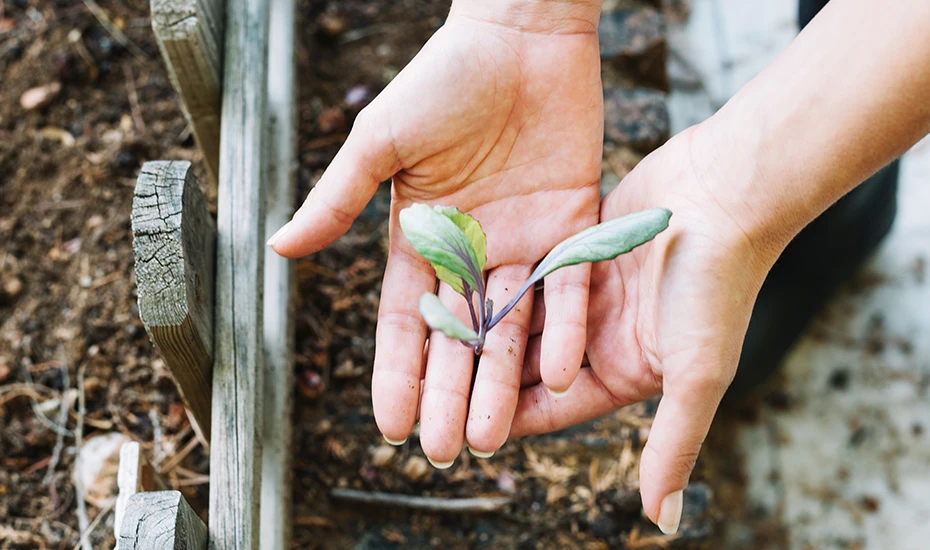
How to Overseed:
Prepare the Lawn: Mow the lawn to a lower height and remove any debris or thatch.
Spread the Seed: Use a broadcast spreader to evenly distribute the seed over the lawn.
Water Regularly: Keep the soil consistently moist until the seeds germinate and establish.
6. Winterizing Equipment: Preparing for the Off-Season
Proper maintenance of your lawn care equipment ensures it remains in good condition and is ready for use when spring arrives.
Equipment Maintenance Tips:
- Clean Thoroughly: Remove grass clippings, dirt, and debris from your mower and other tools to prevent rust and damage.
- Change Oil: For gas-powered equipment, change the oil to remove contaminants and maintain engine performance.
- Replace Air Filters: Check and replace air filters to ensure optimal engine efficiency.
- Sharpen Blades: Sharpen mower blades to maintain a clean cut and reduce grass stress.
- Store Properly: Store equipment in a dry, sheltered location to protect it from the elements.
Year-Round Lawn Care Overview
Looking after a lawn means constant care all through the seasons. Here is an overview of what to concentrate on throughout the year:
- Spring: Set up for the upcoming growing season by fertilizing, seeding, and weed control.
- Summer: Water regularly, mow consistently, and control pests and diseases to make your lawn look good despite the heat.
- Fall: Aerating, fertilizing, overseeding, and leaf management all get the lawn ready for winter and maximize spring growth.
- Winter: Keep the lawn free of litter, avoid heavy foot traffic on it, and make spring preparation plans.
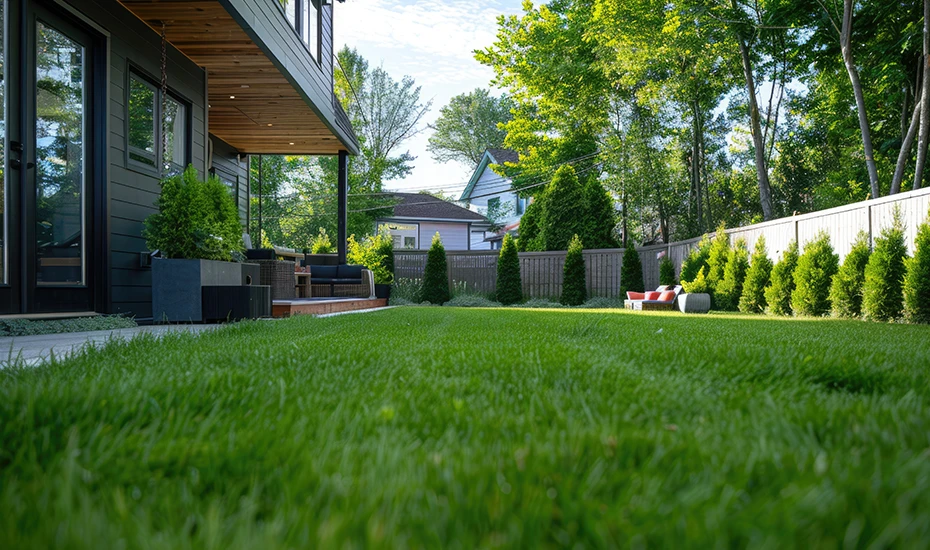
Additional Tips for Atlanta Homeowners:
- Climate Considerations: Atlanta’s variable climate requires flexibility in lawn care practices. Adjust watering and fertilization based on local weather patterns.
- Local Resources: Utilize local garden centres and extension services for tailored advice and recommendations.
- Professional Help: Consider consulting a professional landscaper if you encounter specific issues or need expert advice.
Final Words
Use these seasonal lawn care tips to keep your grass looking bright and healthy all year long. One of the first things to establish is what to do in autumn, which offers you an important preparation time for winter and preparing your lawns at Seneca Green-Up with a lush green lawn when called from the gate. When done correctly, these practices should reward you with a beautiful lawn that thrives throughout four full seasons. Every action you take, be it aerating your yard or fertilizing will eventually create a greener lawn that has better curb appeal.
